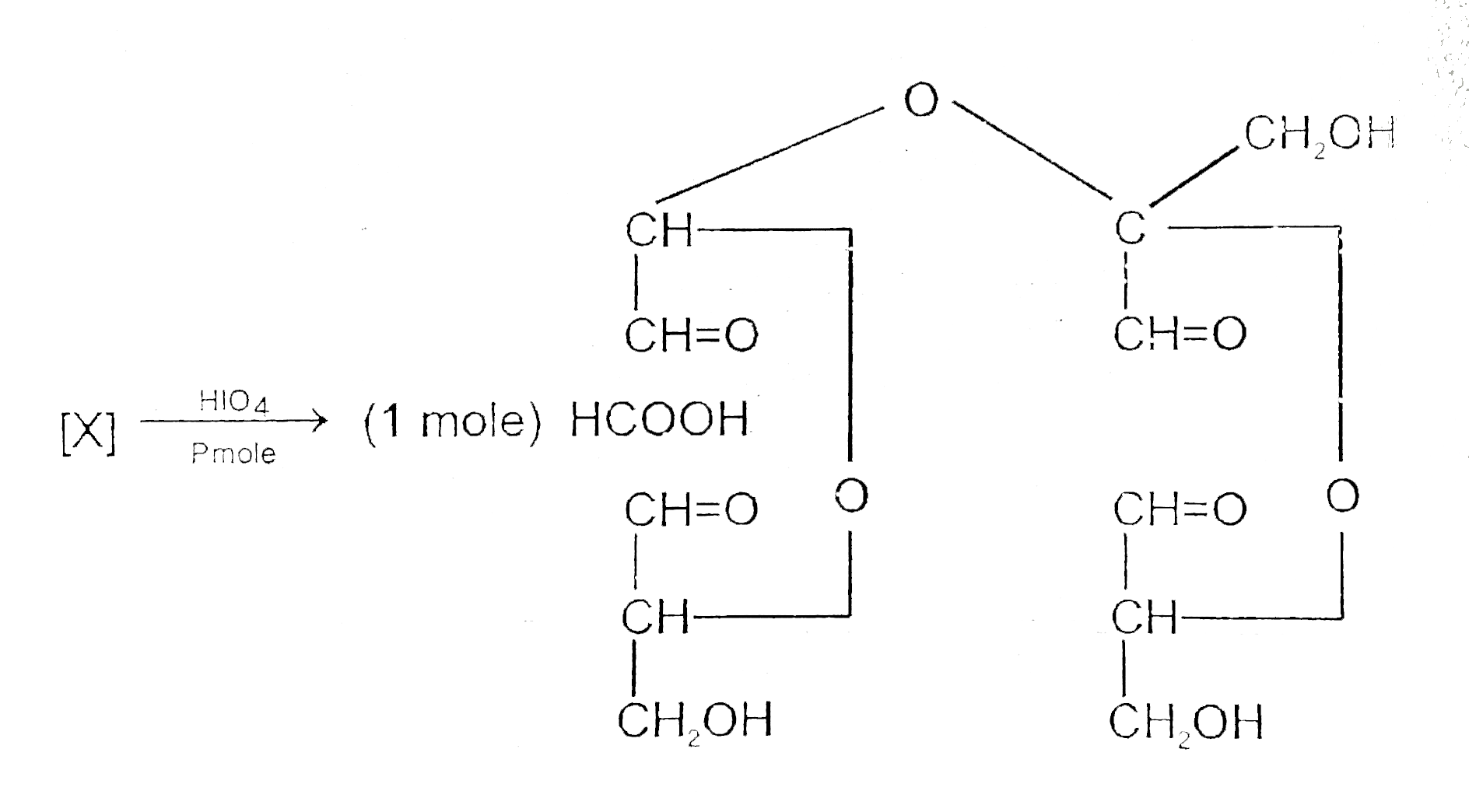A
B
C
D
Text Solution
Verified by Experts
The correct Answer is:
|
Topper's Solved these Questions
BIOMOLECULES
RESONANCE|Exercise Ex-3(IIT-JEE)Part-I|18 VideosView PlaylistBIOMOLECULES
RESONANCE|Exercise Ex-3(IIT-JEE)Part-II|15 VideosView PlaylistBIOMOLECULES
RESONANCE|Exercise Ex-2(More correct)Part-II|14 VideosView PlaylistBASIC CONCEPTS
RESONANCE|Exercise ORGANIC CHEMISTRY(BASIC CONCEPTS)|27 VideosView PlaylistBIOMOLECULES & POLYMER
RESONANCE|Exercise ORGANIC CHEMISTRY(Biomolecules & Polymer)|33 VideosView Playlist
Similar Questions
Explore conceptually related problems
Knowledge Check
Similar Questions
Explore conceptually related problems
RESONANCE-BIOMOLECULES-Ex-2(Comprehension)Part-IV
- Compounds Y and Z can be : (1)
01:54
|
Playing Now - Number of moles (P) of HIO(4) used per moles of compound X is :
Text Solution
|
Play - Proteins are biomolecules composed of alpha- amino acids. An alpha-ami...
Text Solution
|
Play - Proteins are biomolecules composed of alpha- amino acids. An alpha-ami...
Text Solution
|
Play - Proteins are biomolecules composed of alpha- amino acids. An alpha-ami...
02:31
|
Play


